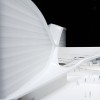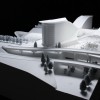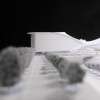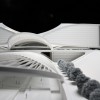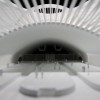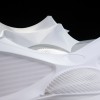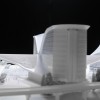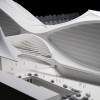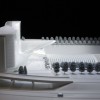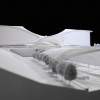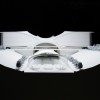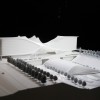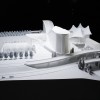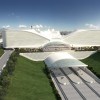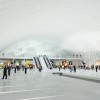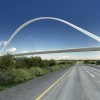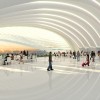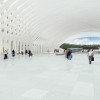Santiago Calatrava's DIA Terminal Redevelopment
Video
Scheduled for completion in 2016, the South Terminal Redevelopment Program of the Denver International Airport (DIA) will juxtapose new buildings by Spain's Santiago Calatrava with the famed Jeppesen Terminal by Fentress Architects. Calatrava, from Valencia, has designed four principle elements: a new hotel and conference center, transit station, civic plaza, and rail bridge, which will all be physically integrated. In his Architectural Statement, Calatrava pays homage to the Jeppesen Terminal, notable for its tensile fabric roof: “My goal in designing adjacent to such a prominent iconic structure has been to preserve the character and integrity of the original terminal while complementing it with a design that presents an independent identity of equal quality."
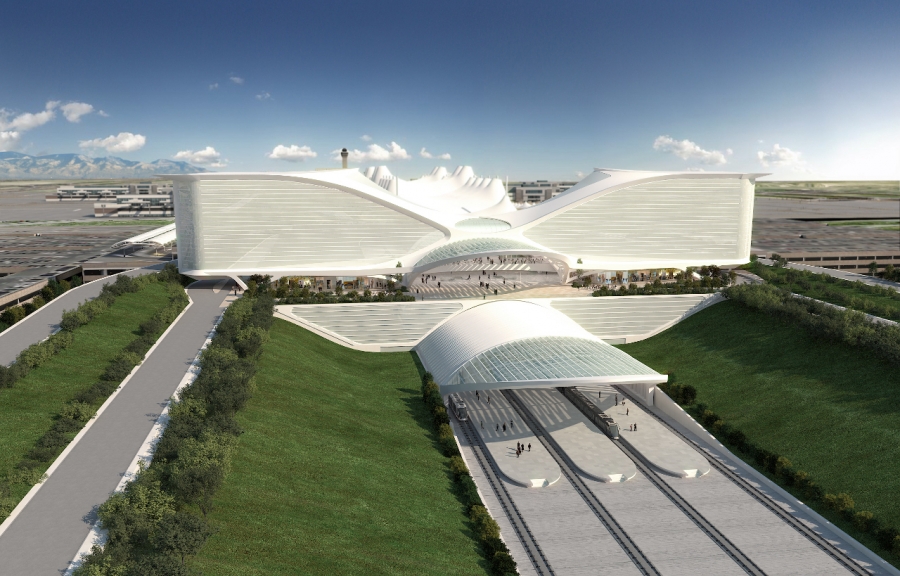 Photograph provided courtesy of Denver International Airport
Photograph provided courtesy of Denver International Airport
Calatrava goes on to explain that his construct distinctively contrasts with the Jeppesen Terminal: the compression of arches in Calatrava's design emphasizes the tension of the fabric tents that make up the roof of the Jeppesen Terminal. The real beauty of the complex, as illustrated in the project’s interior renderings, is the pure white skeletal expansiveness of the civic space, which I imagine will exhilarate most new visitors arriving at DIA via Denver’s RTD FasTracks transit system. Additionally, the East Corridor rail line will link downtown’s Denver Union Station and the airport via the new rail station and bridge.
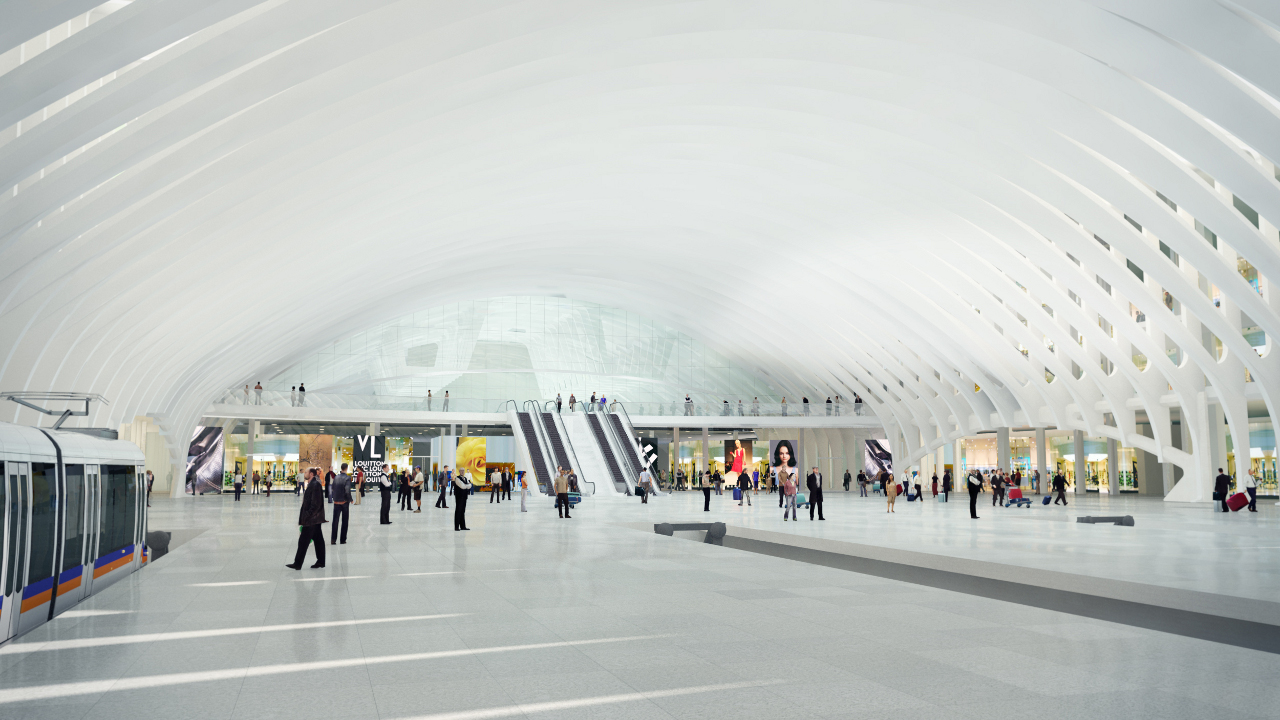
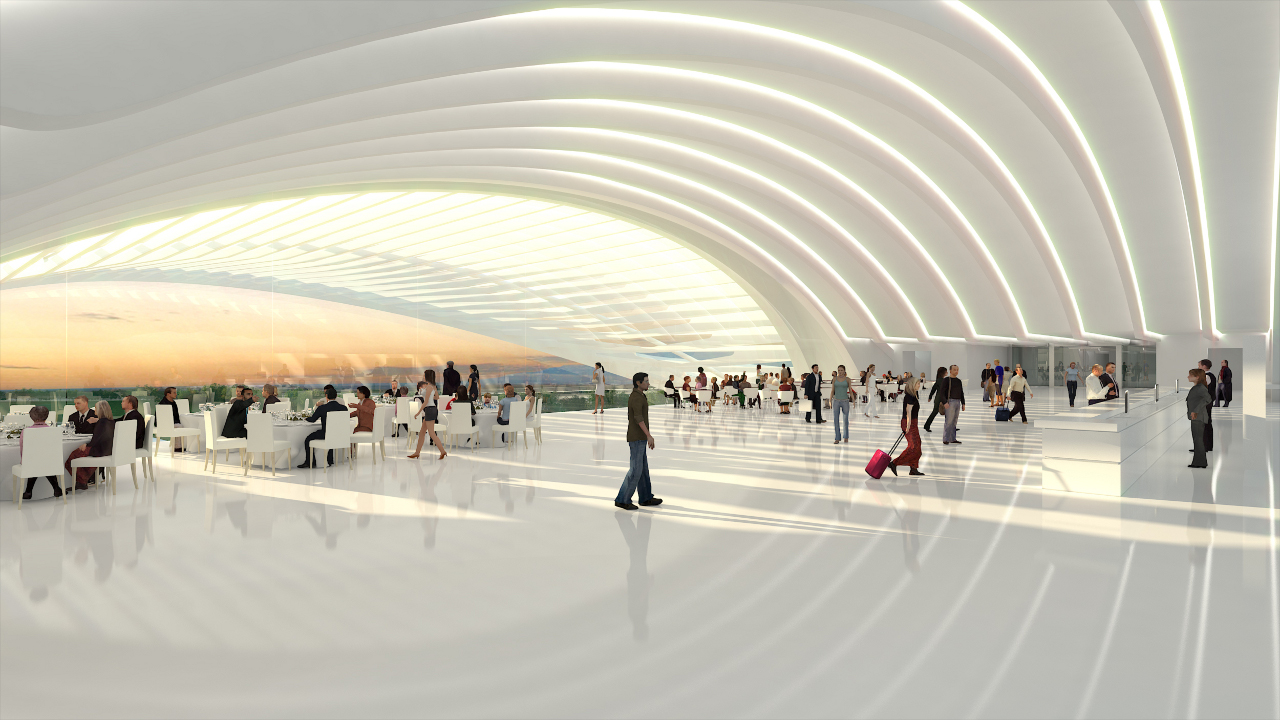
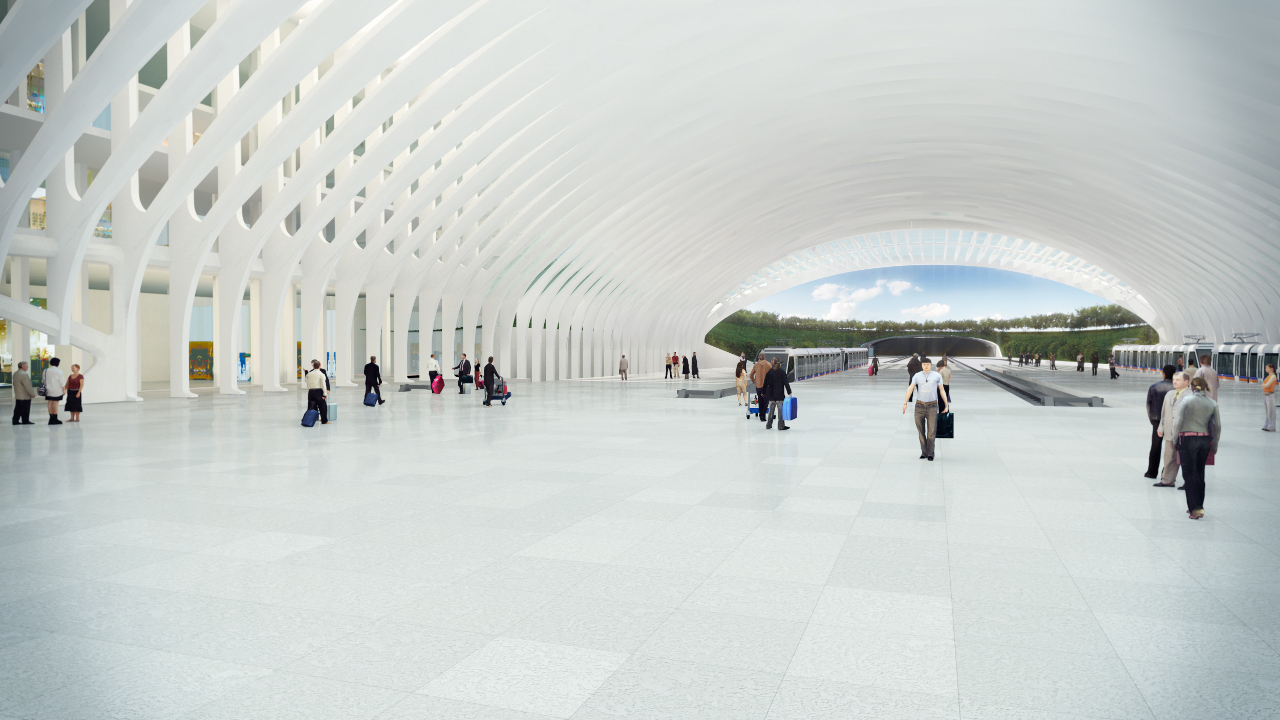
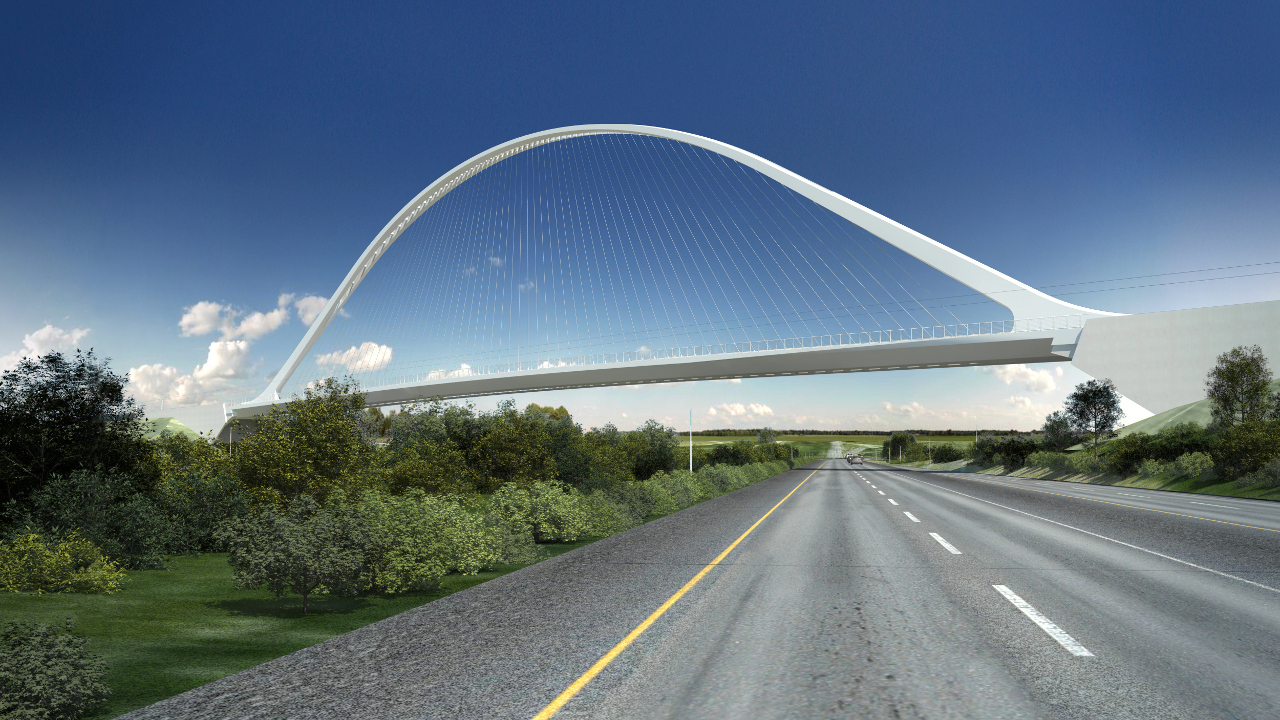
Initially, I found the massiveness of the hotel and conference center conceptualized by Calatrava to be disconcerting: It will indeed compromise the prominence of the Jeppesen Terminal from most approaches to the airport complex. Perhaps Calatrava inadvertently and somewhat awkwardly hints at this in his own explanation of the complexes' design in the Architectural Statement: “In addition to providing superior solar control and views of the Rockies, the hotel establishes an end to the repetition of symmetrical modules that constitute the terminal, and a beginning of the South Terminal Redevelopment Program.”
Upon reflection, my reaction to the new complex became more grounded. The sheer massiveness of a 500-room hotel and conference center is tough to compare to the symbolism of snow-covered peaks expressed by the Jeppesen Terminal roof, which is only complete when viewed from afar, without the proximity of any urban construct, be it a hotel or other non-natural form. However, the purity of the white forms of both complexes will provide some design continuity between the two opposing structures, as will the inherently sculptural quality of both. Calatrava also had the foresight to celebrate the roofs of the Jeppesen Terminal from inside the new complex with its skylit roof. The concept for the hotel originated with Calatrava; the architect on the project is Gensler, a global architectural and design firm with offices in Denver.
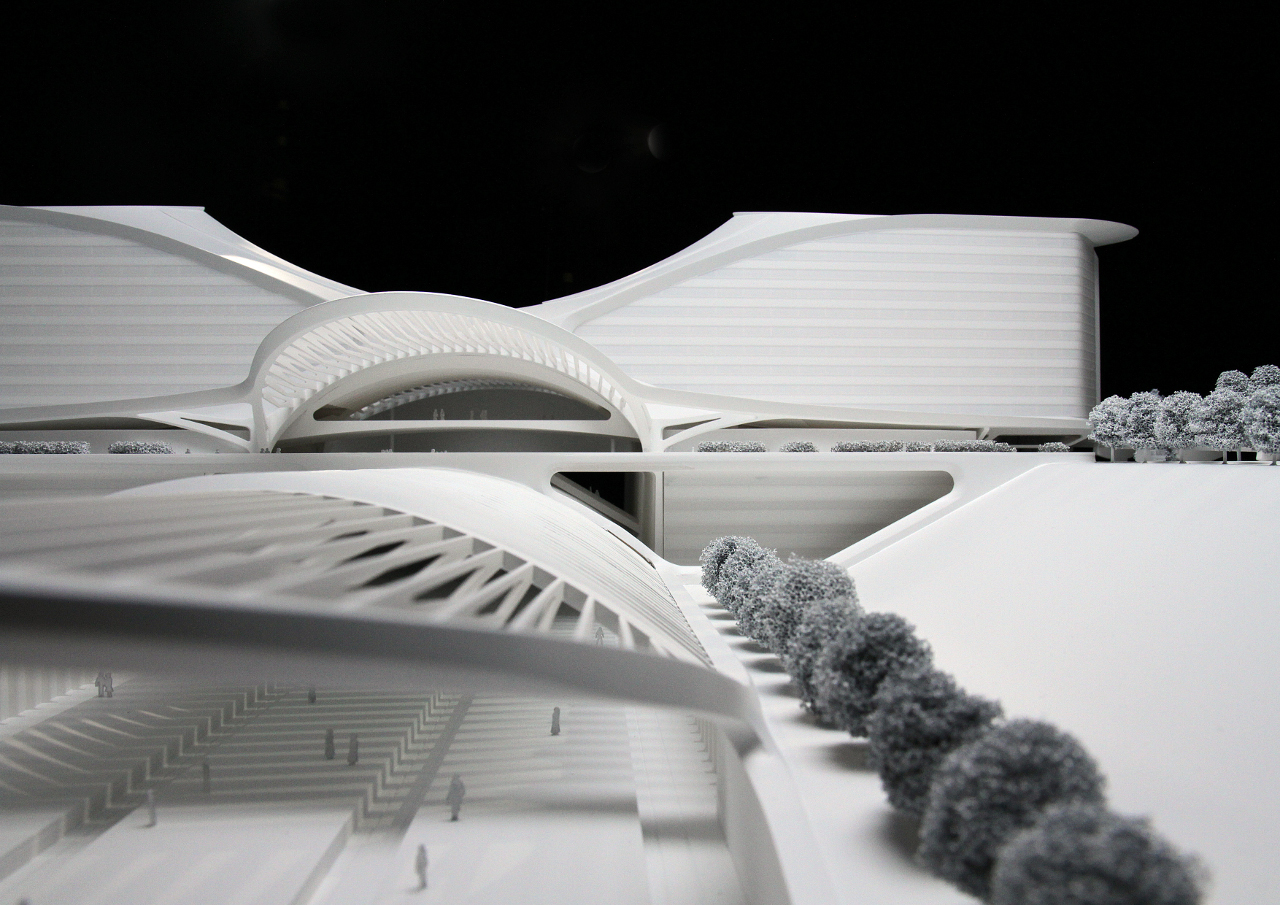
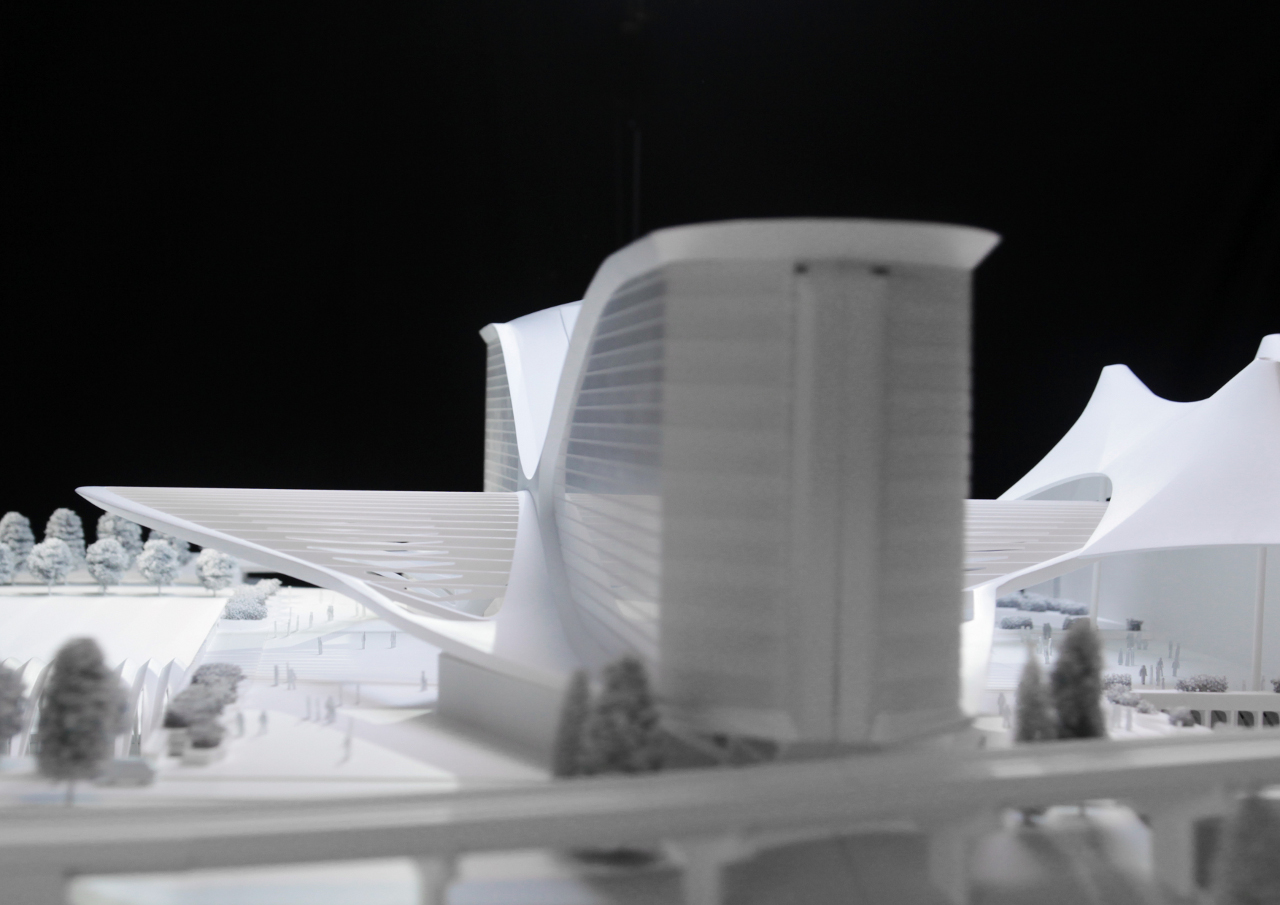
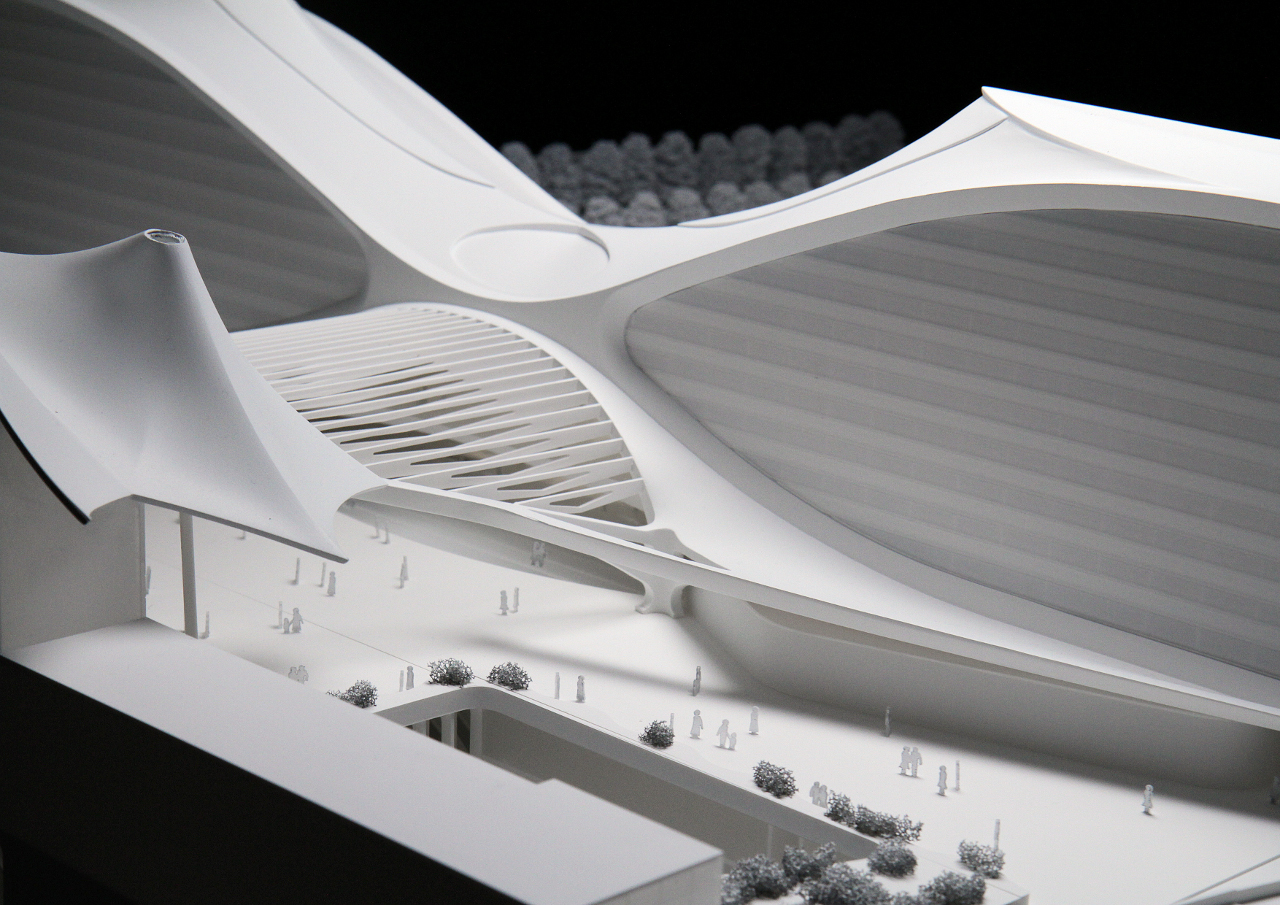
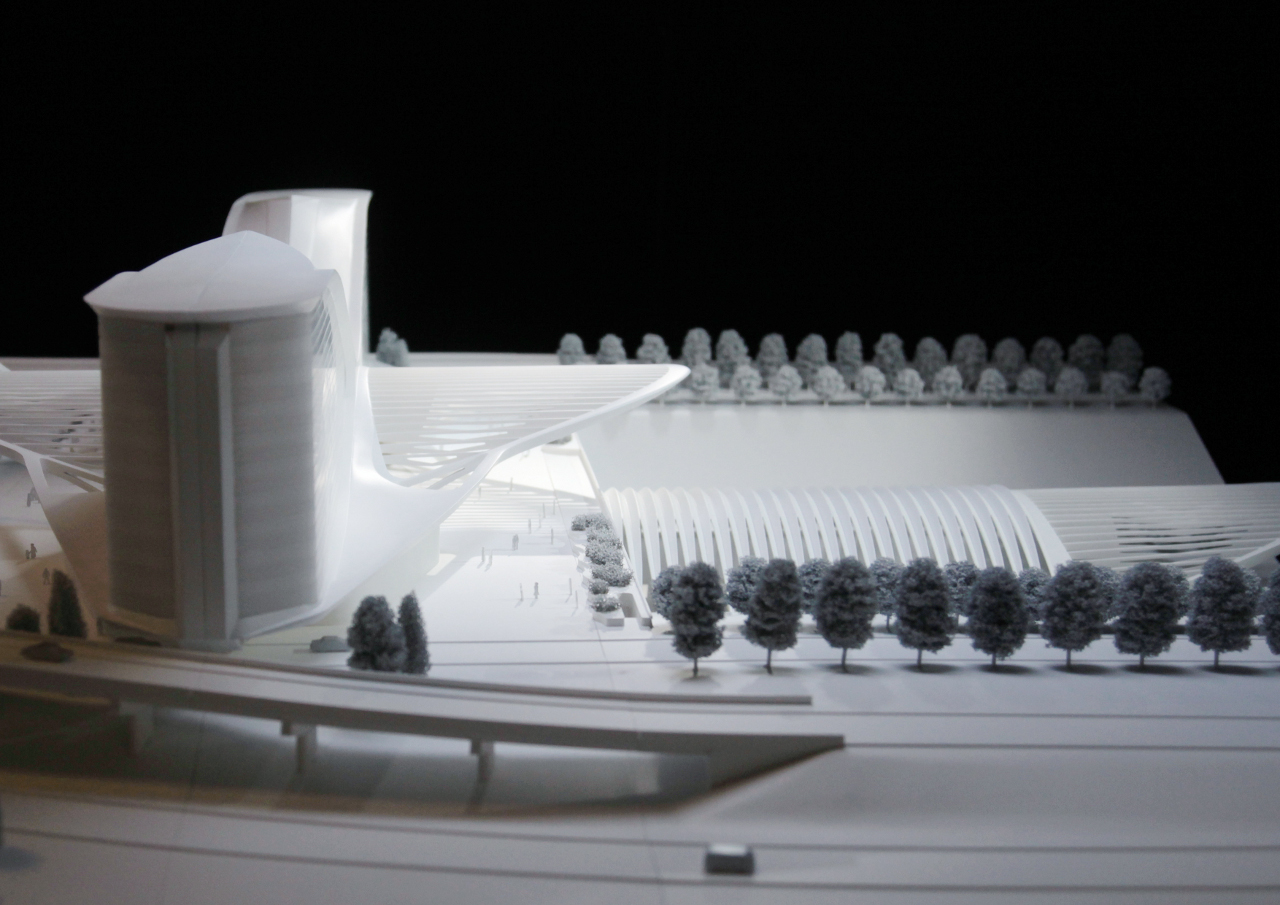
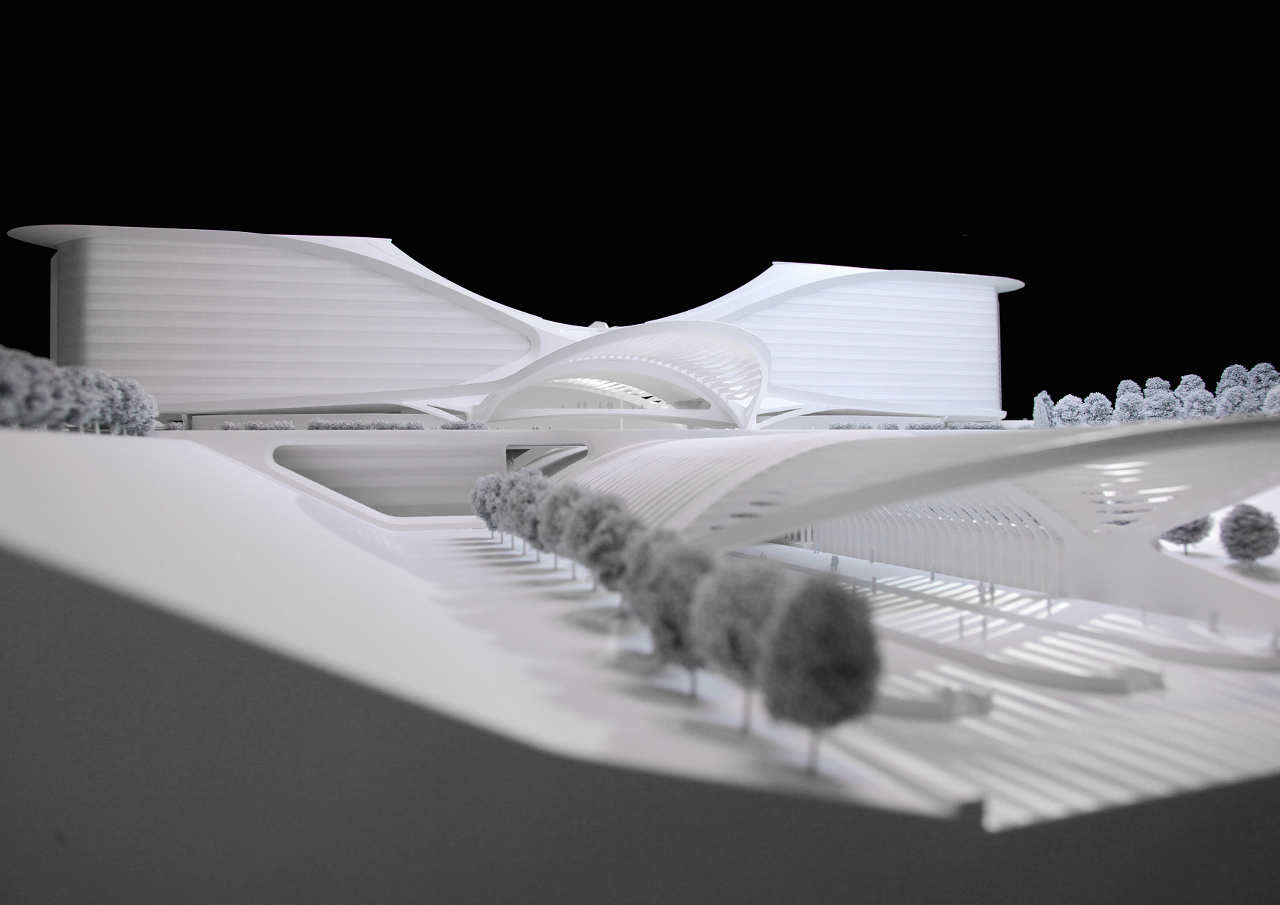
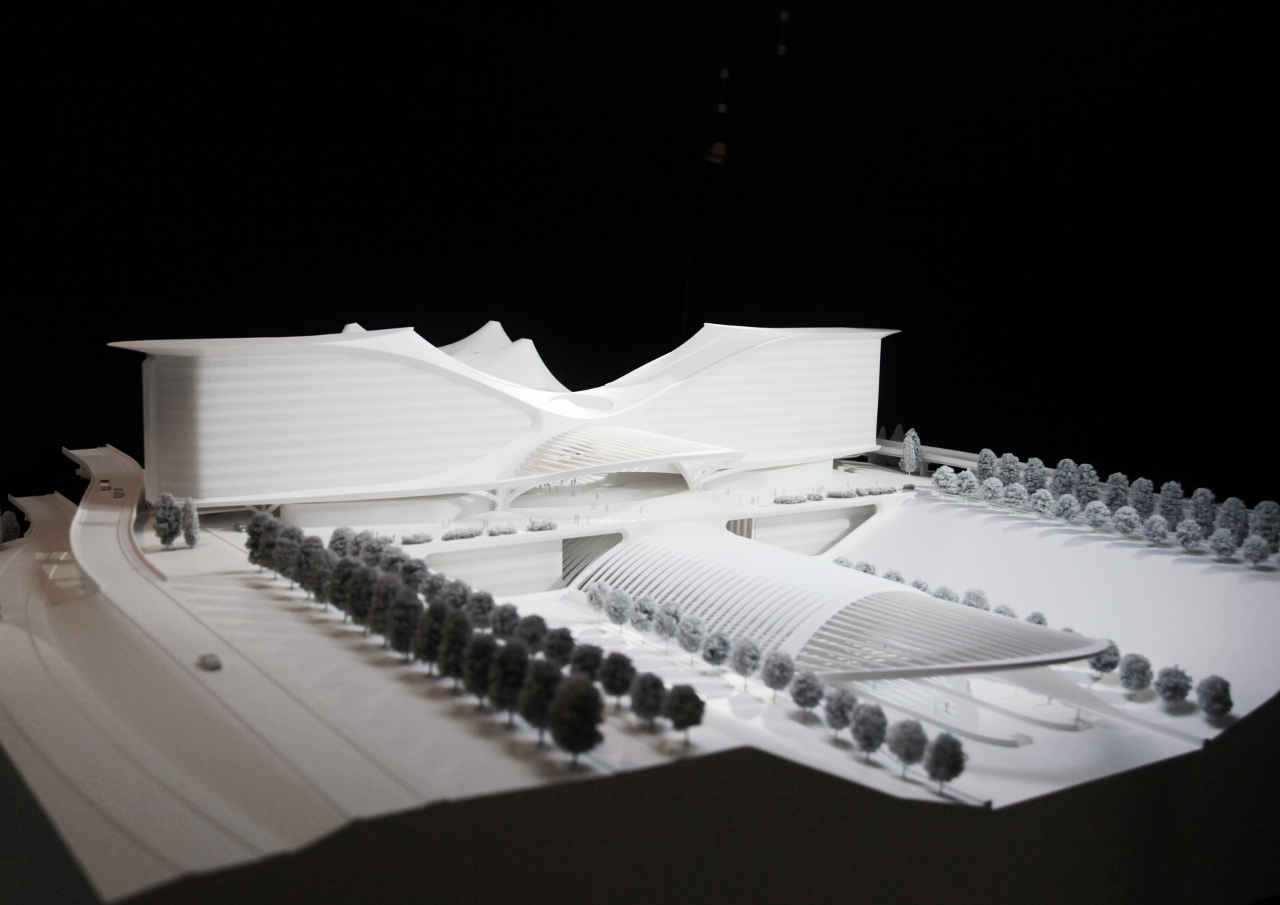
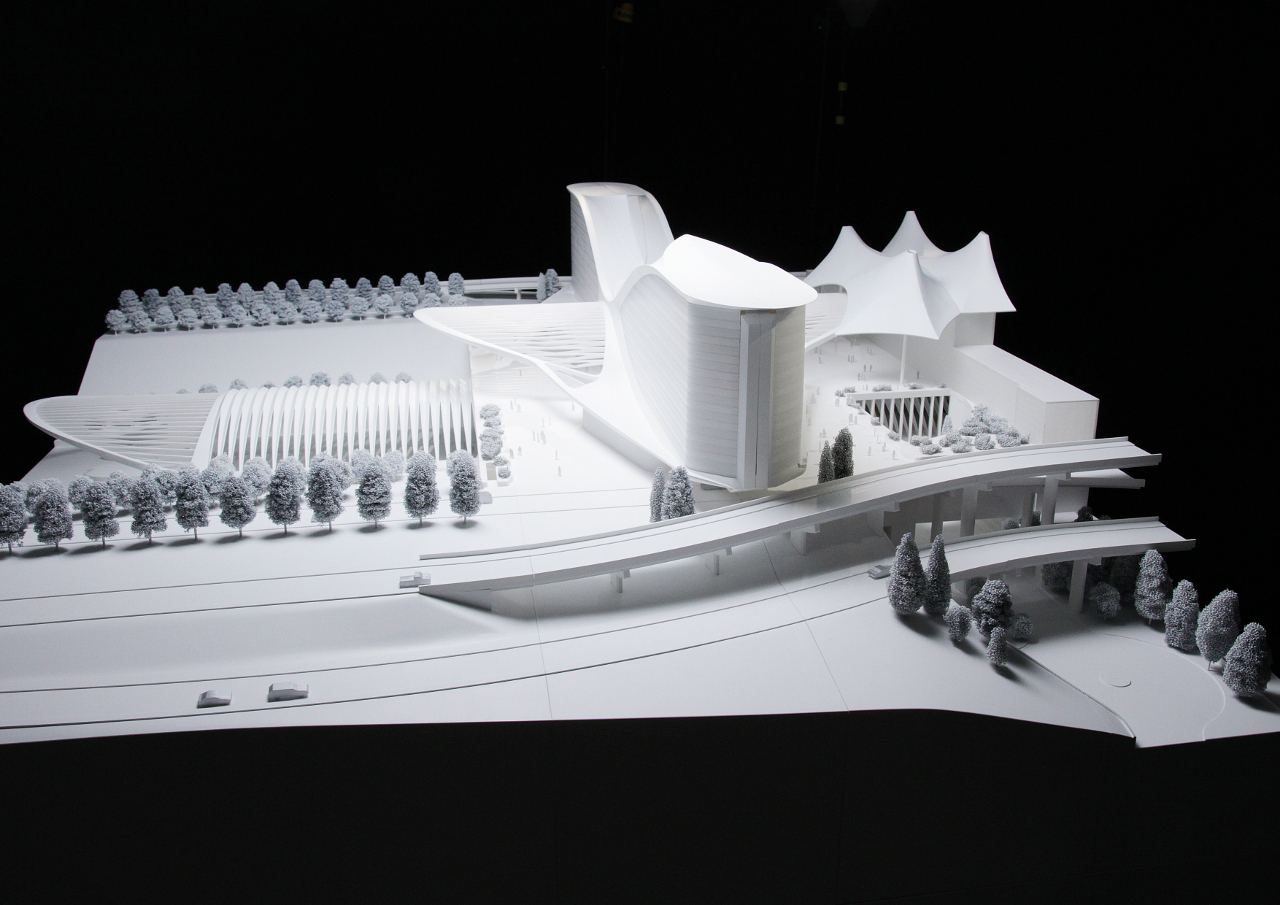
In 2002 my travels took me from Barcelona to Bilbao, and I decided to splurge on a plane ride, perhaps intuitively knowing that my arrival would bring new energy to my journey. As we landed, from the plane's window I could view the terminal building of Bilbao Airport and immediately recognized it as the work of Calatrava. My experience inside the Airport Bilbao terminal, or "La Paloma" (i.e., "The Dove") as it is known locally, was unforgettable. I spent the next several hours in awe, feeling like I was inside the pure white lungs of that notable city, which celebrates its life with some of the world’s most eminent architectural sculptures, including of course Frank Gehry’s Guggenheim Museum Bilbao, the reason for my pilgrimage. Completely gaining my fascination, every detail of Calatrava’s building, down to benches, signage framing, door hardware, and glass partitions was similarly pure and expressive, complementing the proportions of the whole. The spans were unlike any I’d ever experienced. The simplicity and grace of the roof was resonant and rhythmic. Now visitors to Denver can enjoy the exhilaration of such an arrival -- and, if all goes to plan, taxpayers can enjoy the knowledge that the entire product was funded by DIA revenues.

Morey Bean, AIA, LEED AP
Colorado's 1999 Architect of the Year and Vice Chair of the Boulder Chapter of the Urban Land Institute, Morey’s experience includes the successful development of the Colorado Architecture Partnership, an architecture firm dedicated to sustainability and green building. Morey was appointed by the Chief Architect of the GSA to the National Register of Peer Professionals. He serves as a ULI Service Advisory Panelist and was a charter member of the Colorado Chapter of the USGBC and past president of the Colorado South Chapter of the AIA. He is a construction litigation services expert witness, land development analyst and sustainability strategies consultant.
The author was honored by the Colorado Component of the American Institute of Architects as their Architect of the Year in 1999 and is on the Roster of Neutrals for the American Arbitration Association (AAA), providing dispute settlement for the design and construction industry.
Website: www.cyberarchitects.com
